Scientists on stage
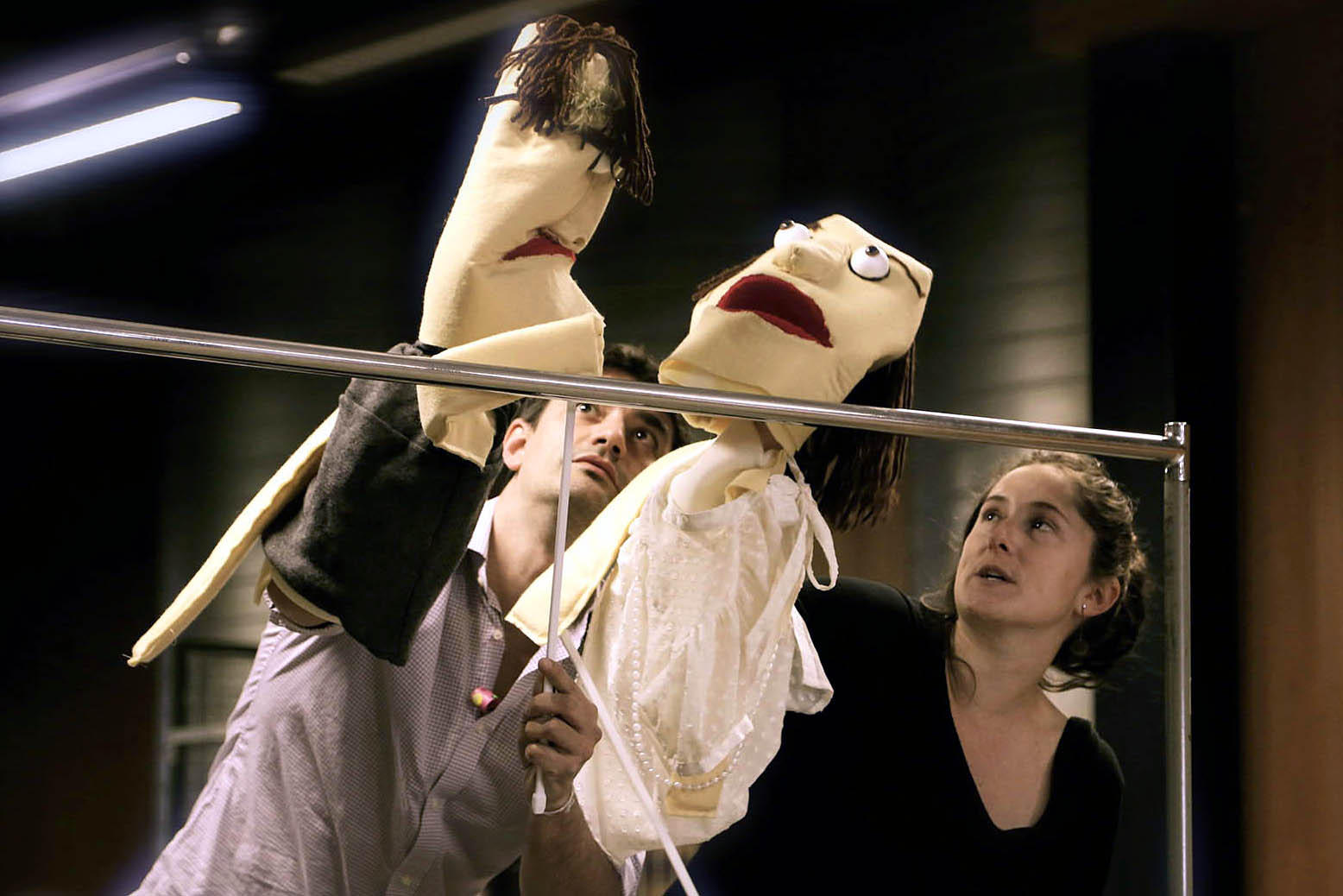
When you put an actor in the role of a scientist, you often end up with a bespectacled, jargon-filled eccentric in a lab coat. But what happens when you put a scientist in the role of an actor? That’s the experiment brewing at an improvisational theatre troupe in Lausanne.
In an empty classroom at the University of Lausanne (UNIL), six researchers are gesticulating and shouting at one another, their faces moving quickly between expressions of frustration, joy, amusement, and surprise. One abruptly drops to the floor and rolls over, while another covers his face in apparent despair, and a third crosses her arms and looks away from them both.
It’s not an overwrought thesis defence or data collection gone awry; it’s the Monday night meeting of The CatalystExternal link improv group, and they’re practising for their big show on Thursday.
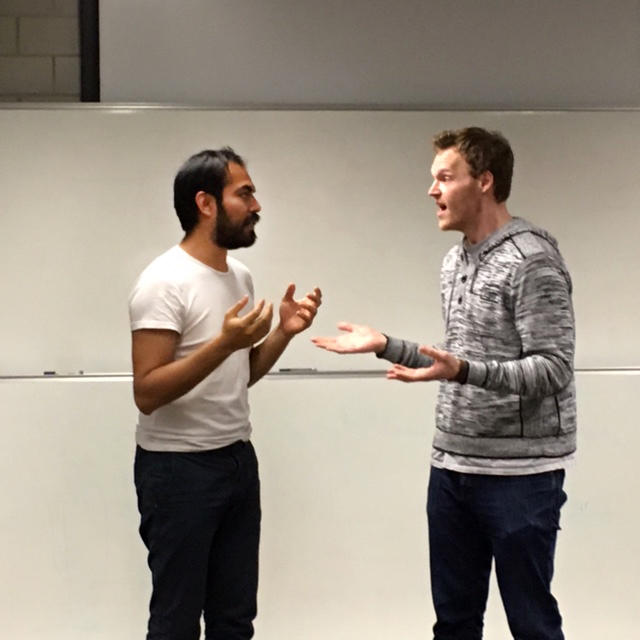
Catalysing creativity
Adria LeBoeuf, The Catalyst’s founder and executive director, describes her creation as a “science-entertainment collective”.
“We may think scientists are very ordered with everything in little boxes, but science is a creative enterprise, and we don’t get so many moments in our scientific life to express a more playful creativity,” says LeBoeuf.
The Catalyst’s 40-odd participants hail from different countries and backgrounds in science, art and communications. They meet weekly for improv sessions and workshops, and have also recently launched a monthly English language show called CatCave9External link at the Cinema Oblo in Lausanne.
Both a scientist and a trained actor, LeBoeuf initially launched an improv group for scientists while completing her PhD in biophysics at Rockefeller University in New York City. When she came to UNIL in 2011 to study emergent decision-making in ant colony social networks, she decided to give her science theatre programme a new life in Switzerland.
‘Yes, and…’
So what does art – let alone acting – have to do with science? Much more than most people realise, says LeBoeuf.
“Theatre allows you to build ideas together with other people. The only rule we have in improv is ‘yes, and…’ meaning, first you have to agree on a reality with the other people in your scene, and then you have to build on it. This is true for science as well.”
LeBoeuf says that in addition to being a valuable communication tool, theatre has helped her to gain insight into her own research in biology and biophysics.
“During my PhD, I was working on a type of friction that occurs inside the human inner ear, which can be detrimental and eventually lead to hearing loss. I found during my research that this type of friction is the same type of friction you see in earthquakes – which seems crazy! But that’s the beauty of physics: you see the same behaviour of things at many different levels.”
In addition to helping scientists understand their own research, science communication through theatre can also be hugely effective for the people sitting in the audience.
The unfortunate fact is that scientists as a group generally have a poor reputation as public communicators of their own work. LeBoeuf thinks that developing a better understanding of the importance of what she calls the “grey area” in scientific endeavours is an essential element of science communication to which theatre – particularly improvisational theatre – lends itself perfectly.
Using improv, scientists can present different scenarios to the public that require viewers to think critically about what is happening in the scene, and why – which isn’t always clear, just like in science.
“In order to understand how the world works, we need to accept the grey area. Science is not just black and white”, says LeBoeuf. “An example is the potential effect of the Zika virus on the head size of newborn babies: we know there is something going on, but we don’t know exactly what it is. As new research comes in, you slowly incorporate it into the grey area, and then you maybe find something that is a bit closer to black and white.”
Finally, LeBoeuf says that a major advantage of combining theatre and science is to help people understand the depth and range of scientists themselves, and what it is really like to do science.
“We are not mad scientists. We are not crazy old men in laboratories. We are complex humans; we have doubts. To be a good scientist you need to be comfortable with the unknown. Until you’ve done it, I don’t think you necessarily realise how uncomfortable that is,” she says.
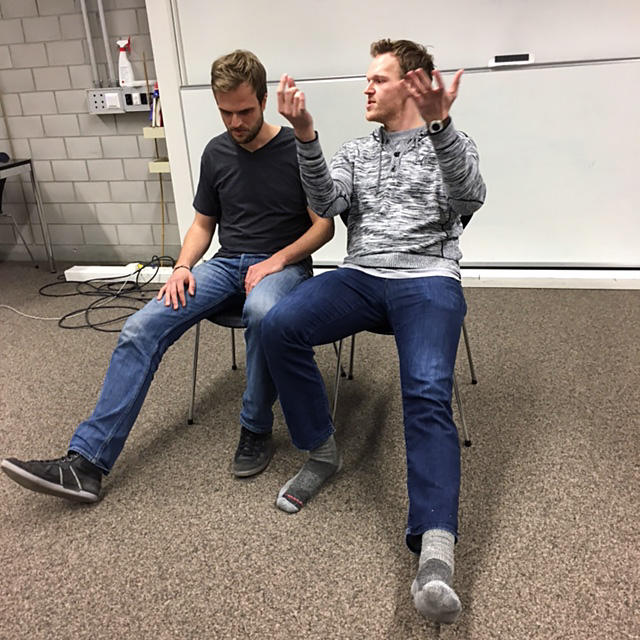
More
When art and science react
A grey area
A major challenge for The Catalyst has been finding funding in Switzerland – which ironically, LeBoeuf says is largely due to this idea of the grey area.
“Arts funding in Switzerland is mainly for full-time artists. We are not eligible for a lot of funding because many of us are scientists, even though we have some full time artists on board,” she explains.
“In Switzerland, if you’re a scientist, you’re a scientist – if you’re an artist, you’re an artist. I am both and I can’t escape that, and that’s been difficult. Everyone wants to brand you as one thing, and I think that is part of human nature. It’s hard to put someone in multiple categories.”
Last year, the Swiss National Science Foundation funded a Catalyst production – a play called Blue ButterflyExternal link – through its Agora initiativeExternal link.
“This was phenomenal because the SNSF was supporting this intersection between the arts and sciences,” says LeBoeuf.
In the future, LeBoeuf hopes to branch out in her work with The Catalyst and develop more immersive, interactive games, with the goal of helping researchers improve their science communication skills through new kinds of media.
“Most science communication focuses on teaching people precise things, which is valuable, but I wish more of it would focus on critical thinking,” she says.
“Theatre is excellent because you can present multiple perspectives, you can have different realities going on at the same time. You can really give the audience an appreciation for the grey area. I think the best art makes you decide on your own what has happened, that’s the process of critical thinking that I think is so important in science communication.”
The Catalyst isn’t Switzerland’s only theatre-science endeavour…
A science slam is another stage-based form of science communication that takes place before a lay audience, usually within a time limit. Swiss science slams are hosted by the Swiss federal technology institute ETH Zurich and the University of Basel.
The International FameLabExternal link competition is another type of science slam. Organised by the British Council, FameLab invites contestants to accurately present a scientific concept to an audience in less than three minutes. The winner is the person who makes the monologue the most fun and interesting (and the least confusing).
Regional FameLab groups at various Swiss universities compete against one another to win the Swiss final, and the winner moves on to the international finals in the UK. The 2015 International FameLab champion was ETHZ scientist Oskari Vinko, originally from Finland, who chose to do his talk on malaria – with a twistExternal link.

In compliance with the JTI standards
More: SWI swissinfo.ch certified by the Journalism Trust Initiative









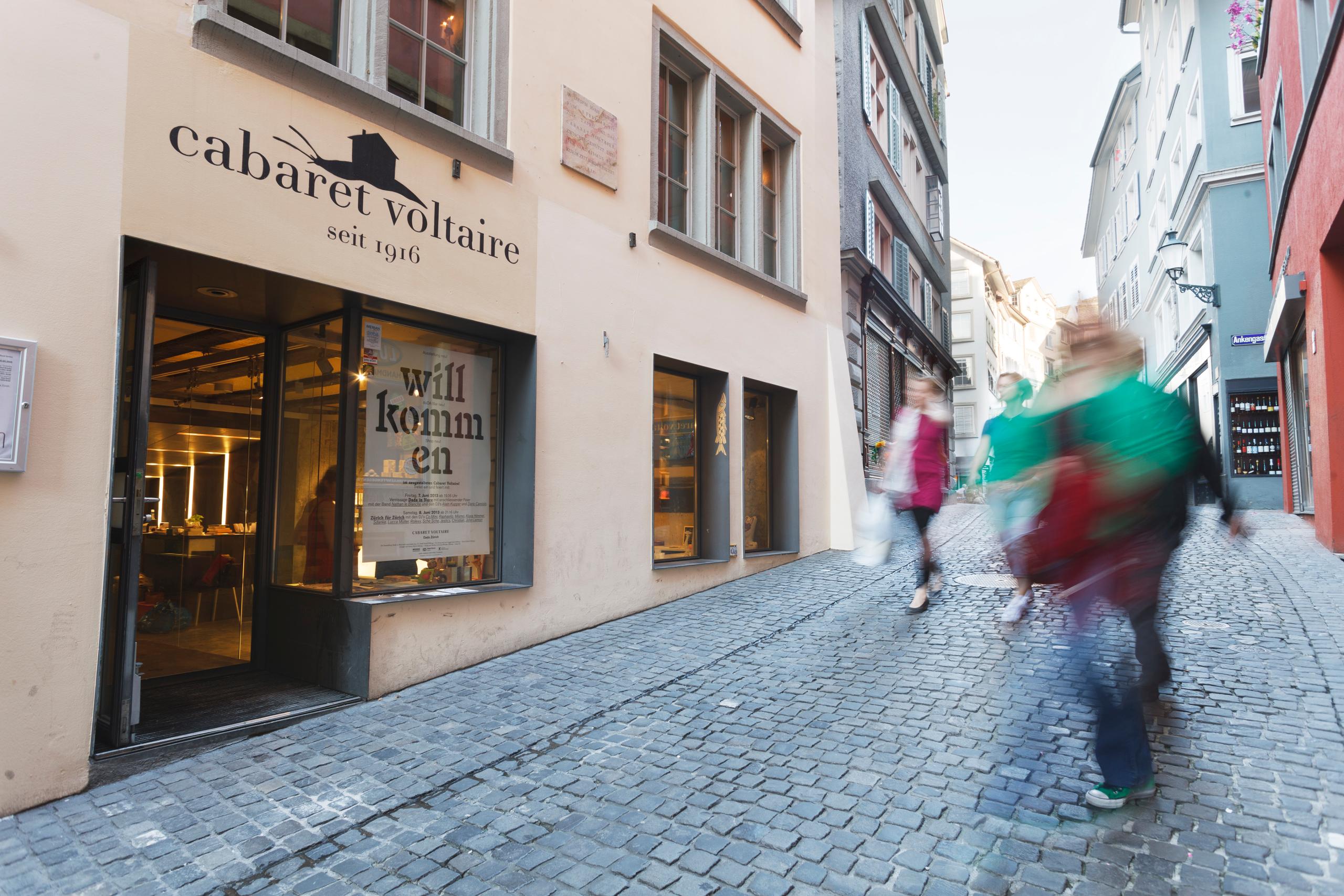

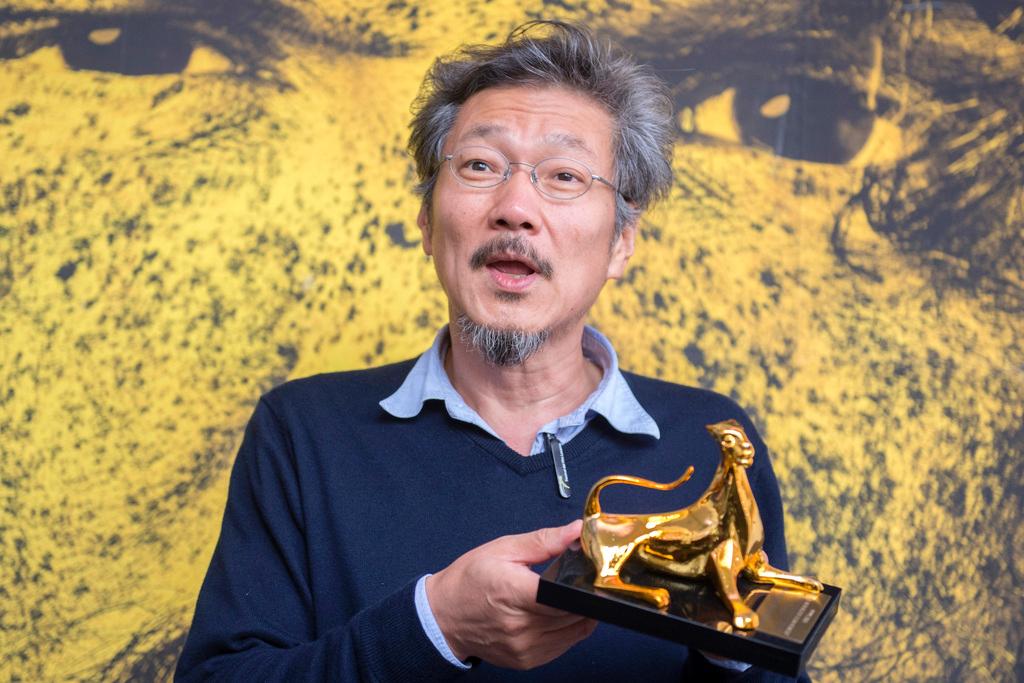
You can find an overview of ongoing debates with our journalists here . Please join us!
If you want to start a conversation about a topic raised in this article or want to report factual errors, email us at english@swissinfo.ch.